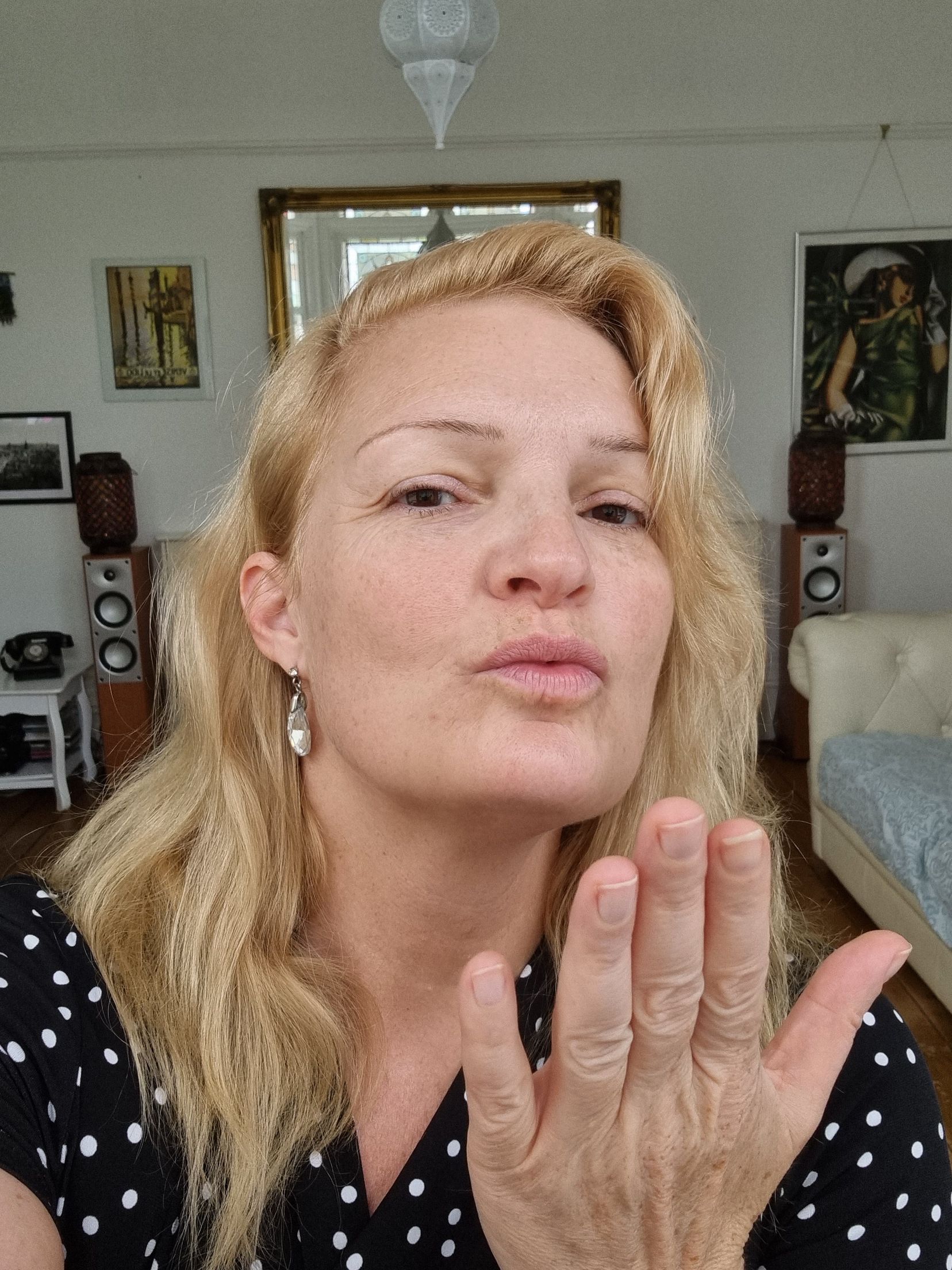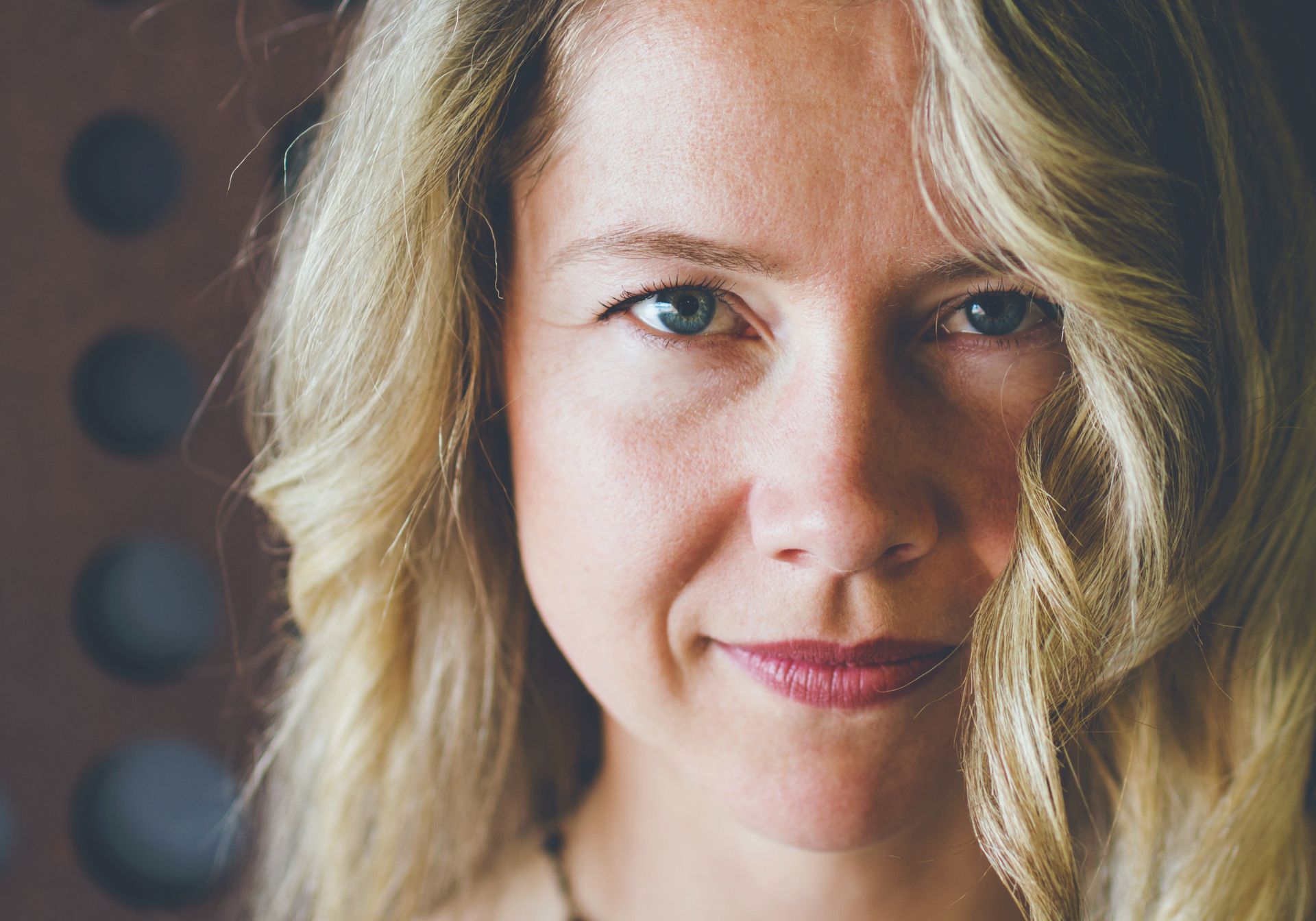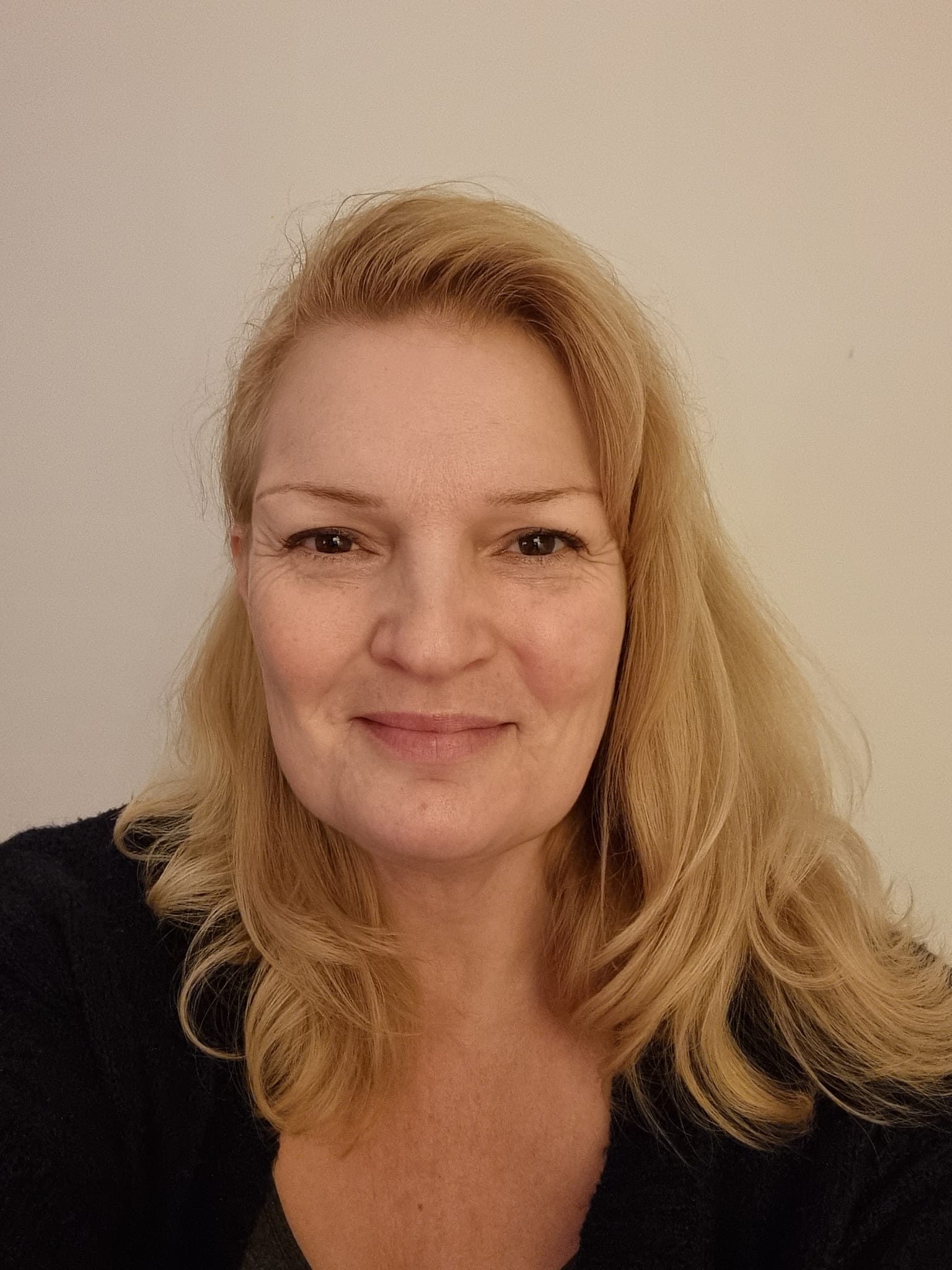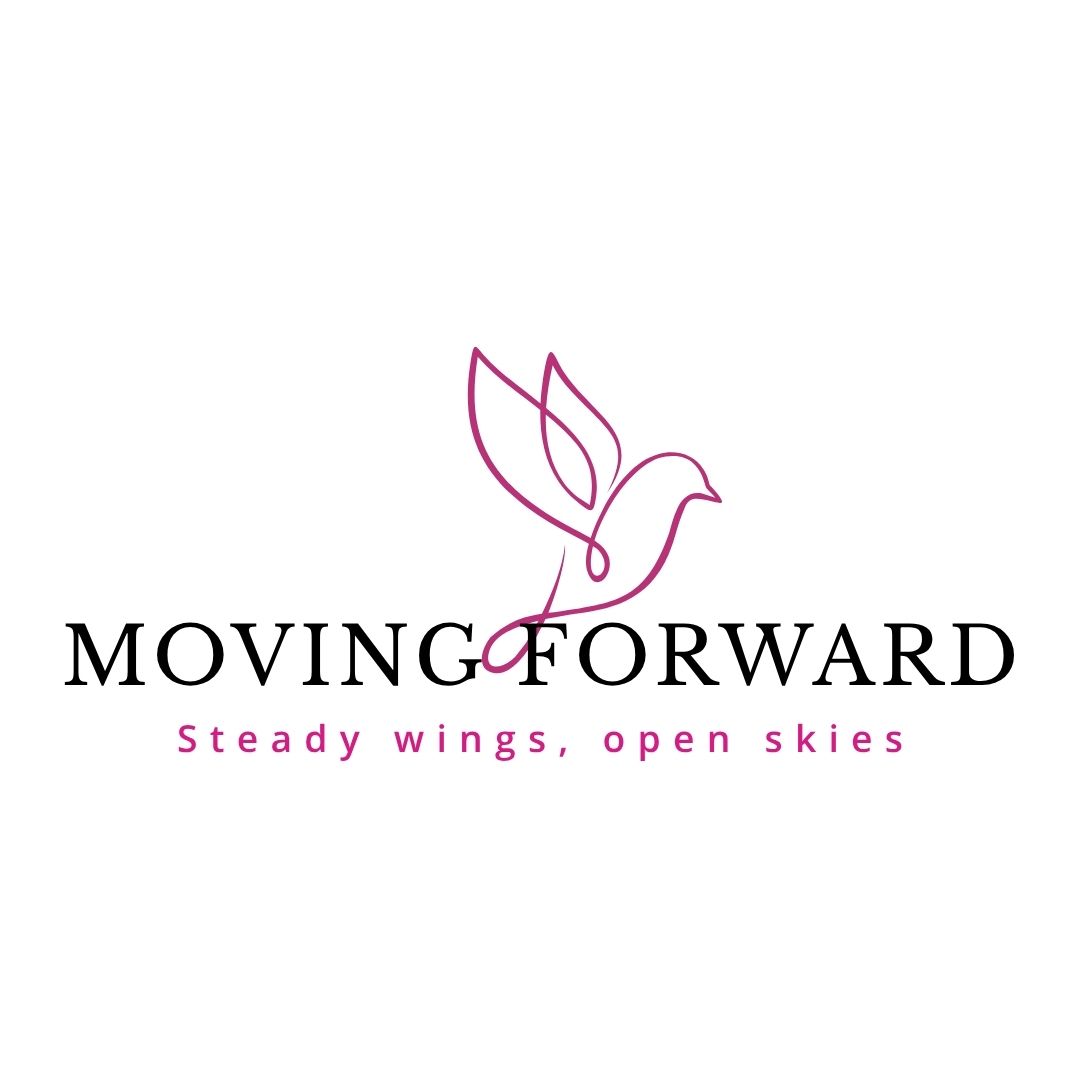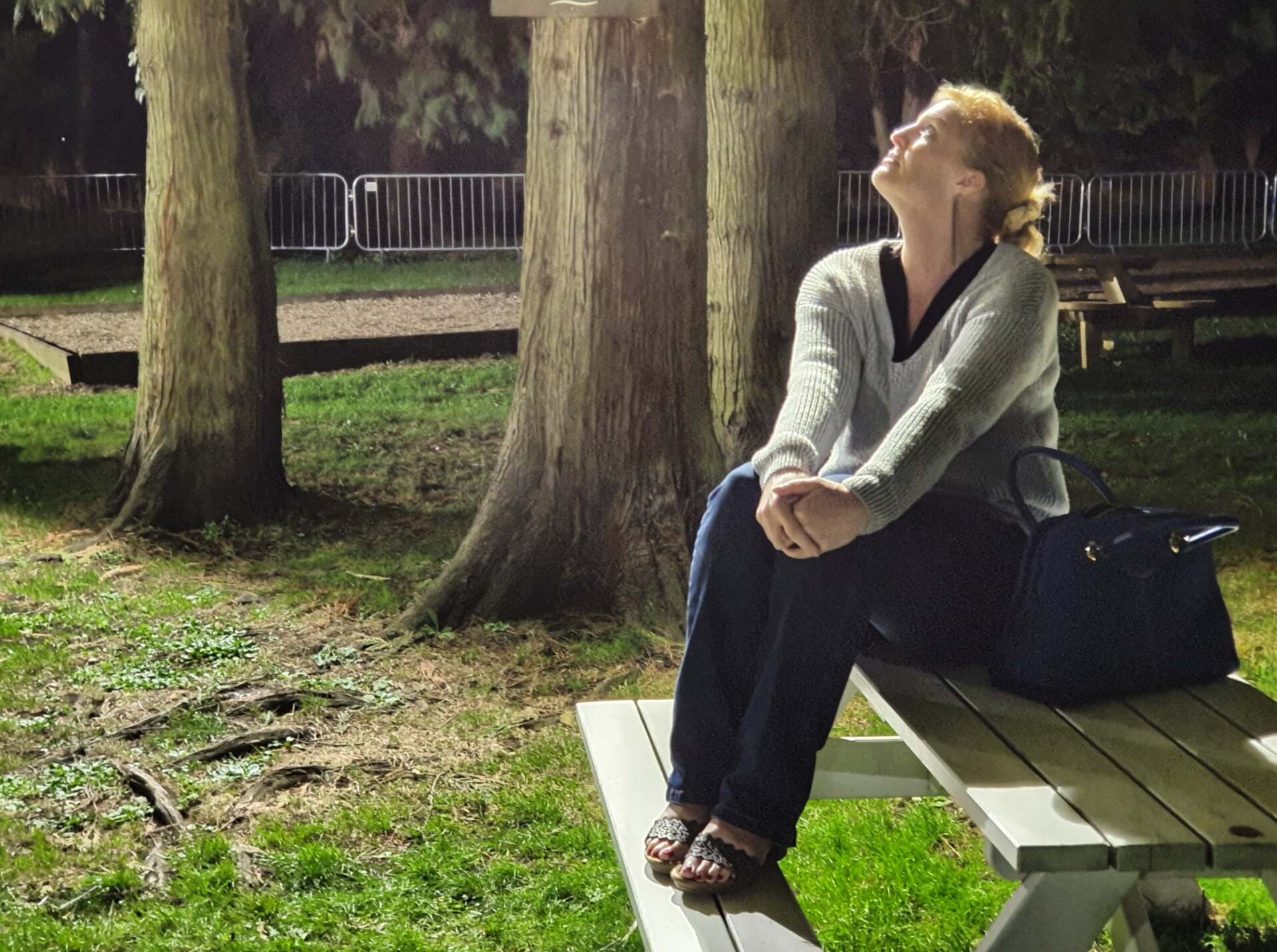
Taking out the trash - an NLP deep clean
A client of mine has kindly agreed to have her experiences used as a case study of the difference that NLP can make. I have changed her name and details for privacy reasons, so we'll call her 'Melissa'.
Melissa came to me last year because she felt she had a "mountain" to conquer. She had already had some counselling and CBT which had helped her to manage some areas of her mental health, but she felt that she needed to dig deeper to get to the root of some things she couldn't quite overcome.
We started by defining the issues clearly and coming up with SMART goals so we could see exactly what Melissa was aiming for through the coaching program. Melissa was particularly struggling with a deep-seated fear of abandonment that she felt was having an effect on many aspects of her life. She had also created the habit of thinking of herself as two or three different people - each "person" representing a different aspect of her personality - and we worked on bringing her back together as one whole person, with no aspect of her being seen as "bad" or "better".
One important aspect of my work with Melissa was to help her to identify her values - the things that were of real importance in her life, with no judgement attached. Through our sessions she came up with 10 values, which we could then use as the basis of understanding the challenges Melissa faced. As we worked through her values we talked about things that she could "let go" of and things that she could "embrace", and I encouraged her to write statements such as "I am letting go of...." and "I am embracing...."
Something that was important for Melissa was to learn how to be a good friend to herself, so that she could provide herself with safety, love and friendship whenever she felt scared of being abandoned. To help her to move towards being her own best friend we used a Thought Ladder technique. Melissa picked 3 negative beliefs she had about being a good friend to herself, and we created a ladder of belief-change for each belief.
The way that this works is that we started with the negative belief at the bottom of the "ladder" and the desired new belief at the top. We created 5-7 steps in total and inserted interim beliefs that led from the bottom to the top. The first couple of beliefs can be neutral, or simply less negative than the current negative belief.
Melissa then worked up the ladder, looking at the belief attached to each "rung" and working on it and examining it until she felt that it was something she believed to be true. She would then move up to the next "rung" and work on that belief, and so on until she reached the desired belief at the top of the ladder. That belief being that she is her own best friend and can keep herself safe no matter what else happens in her life.
Another technique I used to help Melissa is the STEAR model which stands for Situation, Thought, Emotion, Action and Result. It is important that we understand what is behind our actions and recognise how our thoughts are affecting what happens in our lives. By encouraging Melissa to see her actions in terms of how she was thinking and feeling about different circumstances I was able to help her to recognise how the results of her actions were really the results of thoughts she was having. Change the thought and you change the action and therefore the results.
The real breakthrough for Melissa though came when we did Time Line Therapy® together. Melissa was nervous about this aspect of the coaching, as she knew that it would involve mentally returning to a difficult time in her life. In addition, due to pandemic restrictions we needed to do the TLT over Zoom. However, this worked really well and I was able to guide Melissa through her personal timeline, looking at things that had happened in her childhood from the safety of the present day.
This TLT session led to fantastic learnings for Melissa, which included her being able to confidently state "I am as deserving as any other human being", "I can define how I approach life from now on" and "I can be anything I want to be, I'm in control, I can choose".
In the final sessions of the program we worked on Melissa's boundaries, helping her to decide which are her personal "lines not to be crossed" and how she can deal with anger and fear in a healthy, productive way.
I have used the title "Taking Out The Trash" for this blog because that's how Melissa felt about being able to finally release her fears from childhood. She referred to it as "crap" that had been hanging around in her life for a long long time, and she was delighted to finally be able to throw off that burden and put it firmly into the trash.
It was a joy to work with Melissa and to see the progress she made towards the life she chooses to lead.
If you would like to explore how NLP can help you to take out your personal trash, please do book in a free, 1-hour consultation with me here
so that we can discuss ways to work together.
Beth x
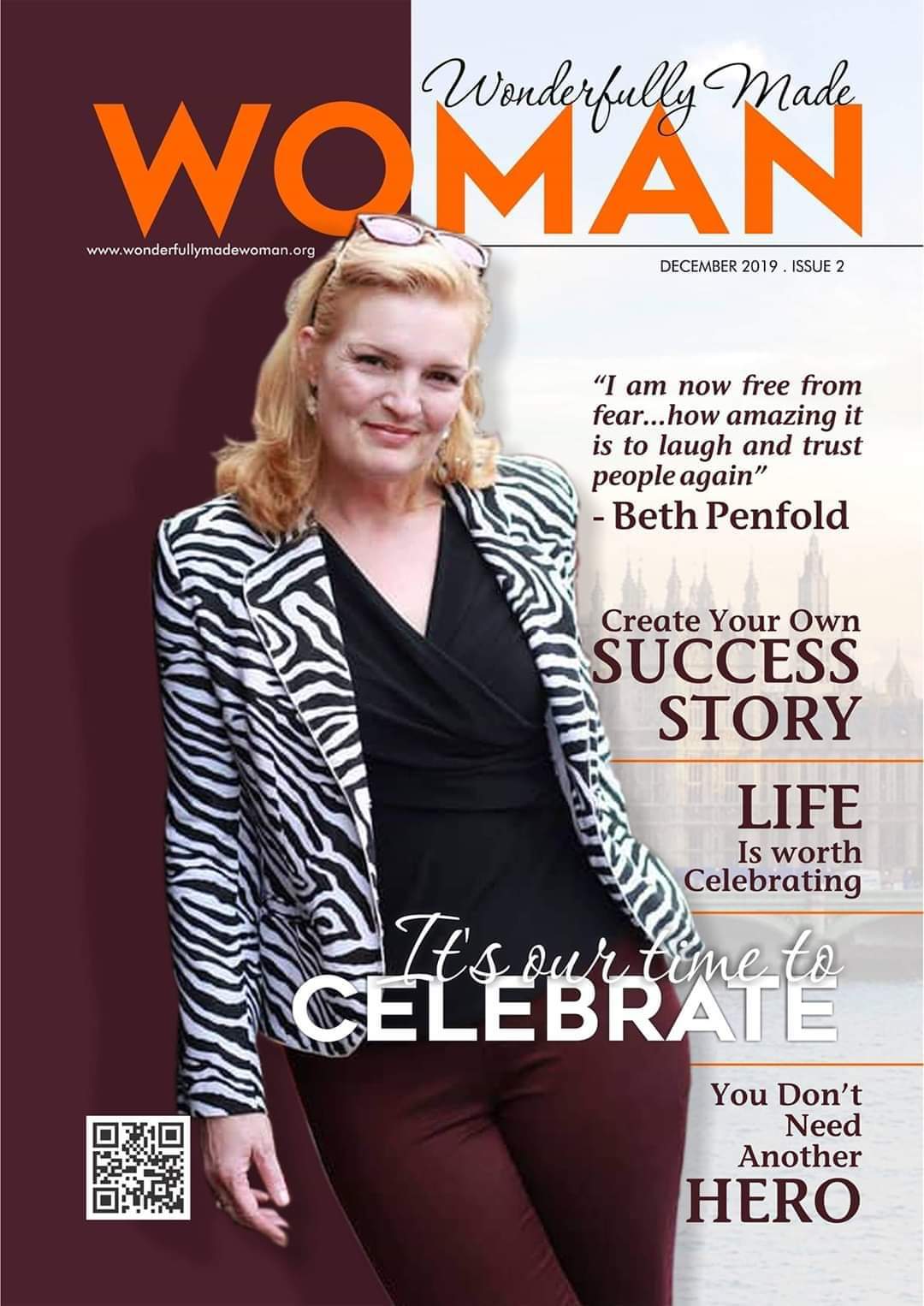
How to improve your career and business success by improving your relationship with yourself, your self-love, self-esteem, self-worth and self-confidence. Better self-love allows you to make the moves and take the risks that allow you to achieve your career and business goals and reach your potential.
Primary Keywords:
• self-confidence
• self-esteem
• self-worth
• self-love
• personal development
• career success
• mental health
• work-life balance
Secondary Keywords:
• assertiveness
• resilience
• goal setting
• boundary setting
• effective communication
• conflict resolution
• risk-taking
• networking
• job satisfaction
• positive mindset
Long-Tail Keywords:
• how to build self-confidence for career success
• the importance of self-love in the workplace
• how to set healthy boundaries at work
• effective communication strategies for career advancement
• overcoming self-doubt and imposter syndrome
• the impact of stress on career performance
• how to improve work-life balance
• benefits of positive mindset
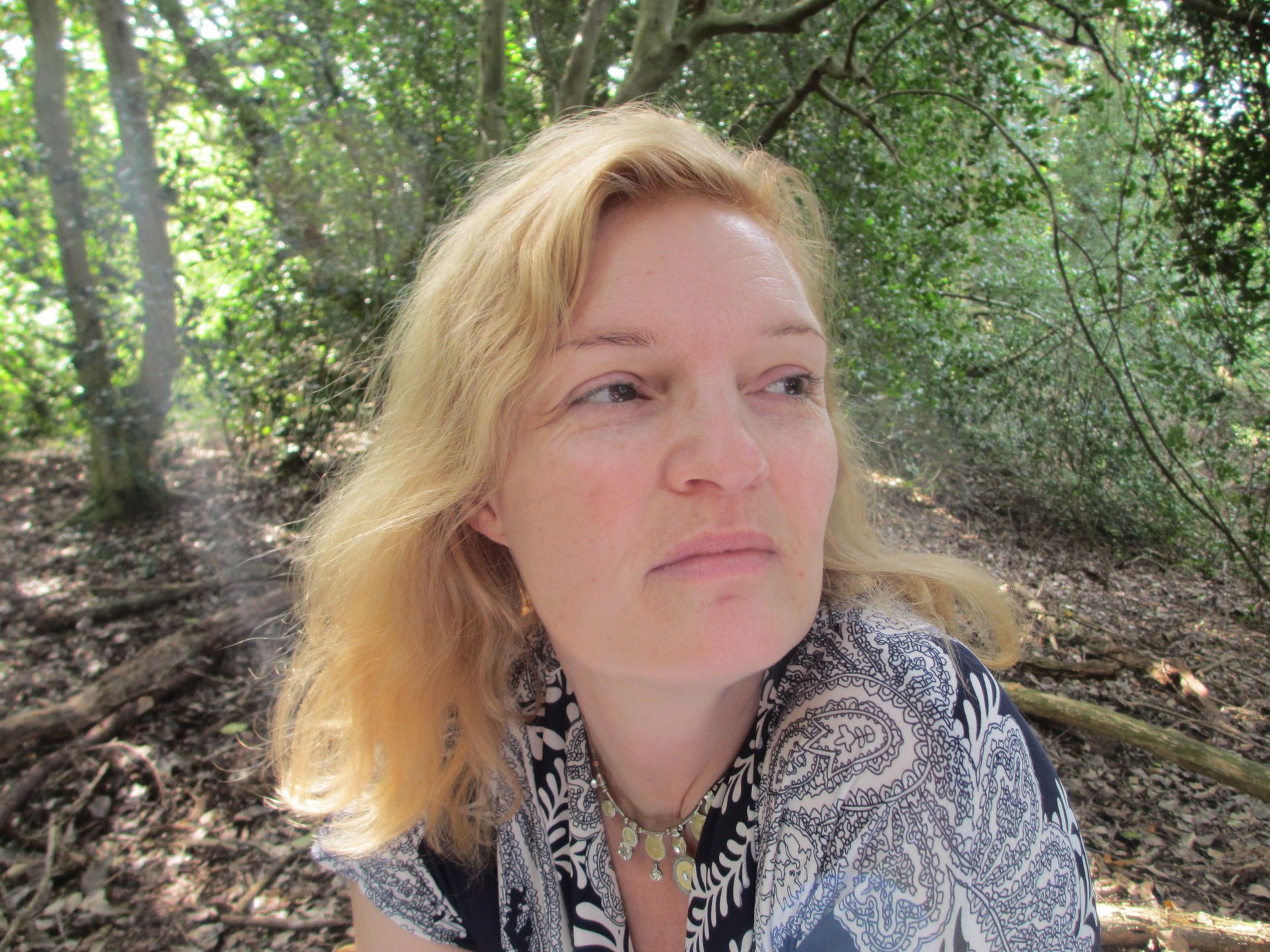
The importance of self-love, self-care and self-compassion, and how improving and practising this can bring benefits to mental, emotional and physical health.
Primary Keywords:
• self-love
• self-care
• mental health
• physical health
• emotional health
• well-being
• mindfulness
• meditation
• stress management
• positive thinking
Secondary Keywords:
• self-compassion
• self-esteem
• self-worth
• toxic relationships
• healthy relationships
• personal growth
• self-improvement
• lifestyle
• wellness
• holistic health
Long-Tail Keywords:
• how to practice self-love
• the benefits of self-care
• reducing stress and anxiety through self-care
• the importance of mindfulness and meditation
• how to improve mental health through self-love
• the impact of toxic relationships on mental health
• how to set healthy boundaries in relationships
• the connection between physical and mental health
• the power of positive thinking
• tips for boosting self-esteem and confidence
